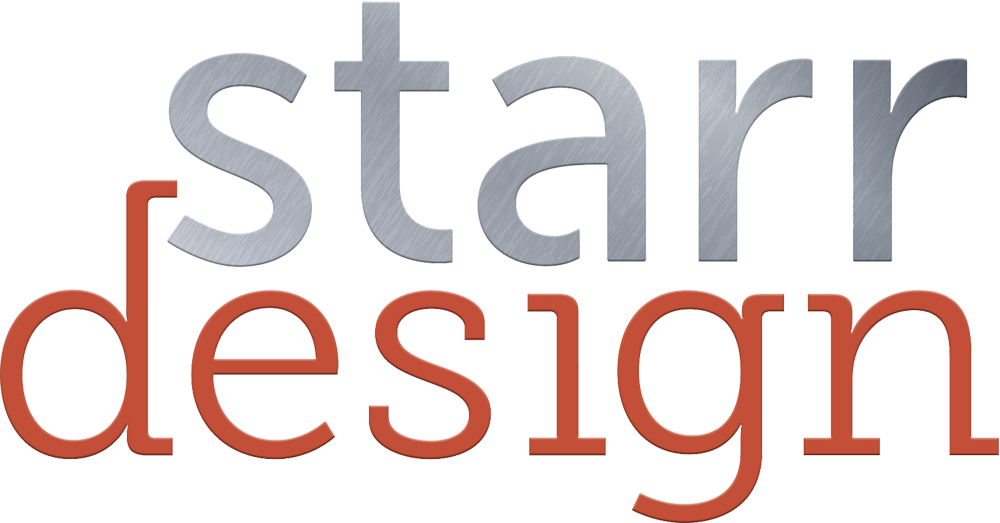I often hear about design fees and expectations from friends in the restaurant industry. They find a great designer yet have to scale back when costs get too high. Ultimately, the project and brand experience suffer when this happens.
Consumers today want innovative, fresh and unique concepts to visit and talk about with their friends. While great food sparks conversation among your diners and potential guests, so does unusual and appealing interior decor. When restaurant operators skimp on design in favor of cutting costs, they leave a lot of opportunity on the table.
So, how can operators control their design fees without sacrificing the individuality of their concept? Here are three ways:
Clearly define what you’re looking for and shop for the right thing. The best analogy I can give is shopping for a car. There are all different levels of quality in the automobile market (i.e. Scion, Toyota, Lexus) but, more importantly, there are very different types of vehicles (i.e. sedan, sports car, SUV, pick-up truck, etc.). Clearly define whether you want or need an SUV or a sedan. Regardless of the quality and price, different kinds of vehicles do very different things. No matter how much you pay for a Porsche 911 Targa (my personal favorite performance sports car), it’s not going to perform properly if it’s driven like an SUV. Design firms are exactly the same. There are those that really know how to perform concept development services and create unique, dynamic spaces. Conversely, there are those that are systems-oriented and can roll out a concept once the majority of the look and feel issues are clearly defined and documented. There also are a few firms that really know how to do both and these are the performance sport SUVs of the design world. As an operator, understand that restaurants are a unique project type. There are firms that specialize in specific restaurant-design work and other firms that simply dabble in it. Therefore, determine how much specialization you need and make sure the firms you are talking to are setup to deliver exactly what you need. You are likely to overspend either on fees or in construction/development cost if you are not shopping for the right thing.
Clearly state what you need and how your organization works, and then learn how the design firm works. Alignment in the process is a critical cost factor. When clients allow us to go through our well-defined methods in a linear fashion, the design costs are very well controlled and additional services/change orders are kept to a minimum. Conversely when you, as the client, don’t understand how the design firm works or even worse, the design firm doesn’t really have a defined methodology, the design process is typically more chaotic and circular. That chaos and lack of straight forward progress gets costly for everyone. We’ve also found that it doesn’t necessarily produce a better product. In fact, it often produces a less coordinated final set of drawings and more opportunities for things to become less cohesive.
Look to create a win-win scenario. It’s not going to produce the best result if you negotiate a project down so low that you start to work with a group already primed for resentment. If you pick the right firm and create a well-defined scope of service that fits their process and delivers what you need, you create a partnering relationship where you both work closely to manage each other’s expectations. Look to pay a fair fee and most good designers will work to move heaven and earth for you. If small, miscellaneous out-of-scope items come up, they’ll usually give you a “professional courtesy credit” because you showed them the courtesy of treating them like the professionals they are. Whereas, if you negotiate so hard up front to get the absolute lowest fee possible (or impossible in some cases), you’re likely to be charged for every minor thing not specifically listed in the scope of service. Also remember the old adage by the famous modern architect Mies van der Rohe, “God is in the details.” In order to properly manage everyone’s expectations, you have to get into the details. No design firm is simply going to design your restaurant with no definition and limitations to the scope of design services for a fixed amount. Pay close attention to the details of the scope up front and spend the time to speak with your designer to make sure your understanding clearly matches theirs.
Featured on Restaurant Development + Design.

